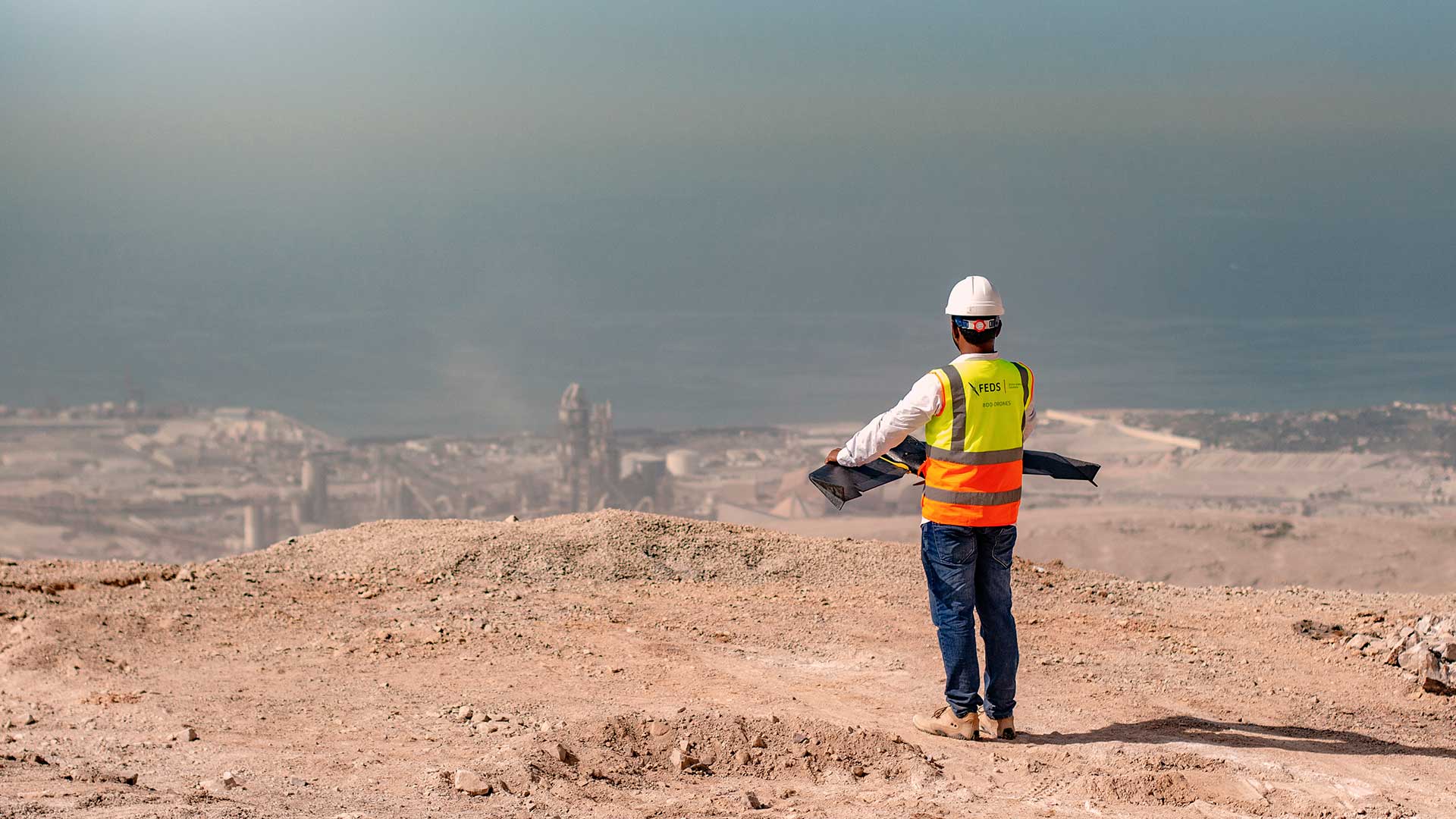
What is Tunable Diode Laser Absorption Spectroscopy?
Tunable Diode Laser Absorption Spectroscopy (TDLAS) is a technique used for measuring the concentration of gases in a gaseous mixture. The underlying idea behind the TDLAS technique is simple. The focus here is on a single absorption line in the absorption spectrum of a particular species of interest. So, to begin, the wavelength of a diode laser is tuned over a specific absorption line of interest, and the intensity of the transmitted radiation is measured – and for U10, it’s the methane gas.
Generally, the following are the significant advantages of using a TDLAS technique:
- Real-time measurement for faster evaluation of the situation;
- Simple, low-cost, and comprehensive online measurement for more seamless and cost-effective operations;
- Highly sensitive – it is unaffected by other gases while avoiding laser intensity pulsation and particles, ensuring efficient leak detection;
- Besides measuring gas concentration, it can also measure gas temperature simultaneously, empowering us with the capabilities of a thermal sensor too;
- More accurately depict the overall state of the environment under test.
In our context, the all-new DJI Zenmuse U10 is a payload designed upon TDLAS technology capable of detecting methane gas from up to 100 m afar.
Why is Methane Detection a hot topic?
Here is an article that talks about the importance of Flare Stacks in Oil and Gas operations and, most importantly, the advantages of drone-powered solutions for your Oil and Gas operations. A Flare Stack is a gas combustion apparatus primarily used to combust vent gas, which can be potentially hazardous in the event of leaking into its immediate surrounding — a large portion of which is methane — and that’s a PROBLEM. Methane is 25 times more damaging to the environment than carbon dioxide, and if it not burned properly, it will be released into the atmosphere as it is. That itself explains why Flare Stack systems are so crucial. Research reveals that oil and gas operations account for over three-quarters of total methane emissions contributing to Global Warming. And therefore, the Oil and Gas Industry particularly need to make efforts to cut down all the possibilities of methane gas leaks in their operations. That’s when the DJI introduced this invaluable asset – DJI Zenmuse U10, helping the Oil and Gas sector to meet the environmental guidelines set by the regulatory bodies.
Traditional Methane gas Inspection
The age-old traditional practices of methane gas detection are extremely slow, labour-intensive, and costly. Remember the days when inspectors used to carry heavy equipment and detect methane gas leaks on foot? Although this effectively identifies leakages in small-scale projects, this is not practical for large-scale inspections such as those in Oil and Gas fields or Land Fills. We have relied on helicopters for decades to detect leaks in large-scale projects. But again, this, too, is incredibly time-consuming and costly.
Is it already bothering you? We have drones! Drone-powered solutions make operations Safer, Efficient, and way more cost-effective than traditional practices. For example, a drone team is just two people vs the team(s) of traditional workers; that itself explains how drone-powered solutions help in cutting down cost, time, and the labour-intensiveness of the operations. In addition, the automated mode of operation and the ability for real-time monitoring make it even more flexible and efficient. So why should we compromise our Time, Money, and Energy, on less effective data and inefficient capturing methods when Drones equipped with the right payloads can do the job way better?
DJI Zenmuse U10
Meet the all-new DJI payload – the DJI Zenmuse U10. U10 is a gas-detection payload that uses a Tunable Diode Laser Absorption Spectroscopy (TDLAS) technology to detect methane gas from up to 100 m away in real time. The TDLAS technology uses lasers as a technique to measure specific species of methane. The advantage of using this technique is its ability to achieve very low detection limits of particles as low as 5ppm. U10 is lightweight and highly sensitive. It can also operate in harsh temperatures ranging from -20°C to 50°C.
U10 uses the DJI SkyPort app that facilitates seamless payload integration with incredible drones like the DJI M300. Furthermore, DJI M300 RTK is capable of simultaneously accommodating multiple payloads. Wondering how it translates to our benefit? Well, M300 can operate both DJI Zenmuse U10 and the DJI Zenmuse H20T in a single go – thermal inspection and methane gas leak detection happens simultaneously.
We will also obtain concentration data in just 25 milliseconds, allowing us to make more informed and timely judgments. You can also visualise the results using the Alpha ONE iOS app. The 720p video camera managed by this iOS software will also provide a complete aerial overview of the suspected leakage spot. The app allows you to set warning levels for gas concentrations and will notify you if the concentration exceeds the pre-defined level. Similarly, the app keeps you updated on the gas concentration, inspection route, obstacle-avoidance information, flags specific points for irregularities, provides inspection reports, and much more.
Applications of U10
U10 is a powerful combination of a camera and a laser gas analyser. It can also be used in tandem with a thermal camera. As a result, these features imply that businesses might save significant money by rapidly resolving multiple difficulties at once.
The automated mode of operation, accurate results and the opportunity for instant data visualisation make U10 inarguably the best way forward for methane gas detection. Specifically, the DJI drone users can leverage this tool to inspect and maintain Liquid Natural Gas plants, gas storage tanks, gas pipelines, landfills, or any difficult-to-reach areas where the use of methane gas is involved by any chance. Furthermore, drones equipped with the all-new DJI Zenmuse U10 can just fly around and give you precise information to make quick and better-informed decisions.
If you think U10 is the payload for you, feel free to get in touch with us. Or, you can arrange for a demo on how the U10 can improve your operations.


